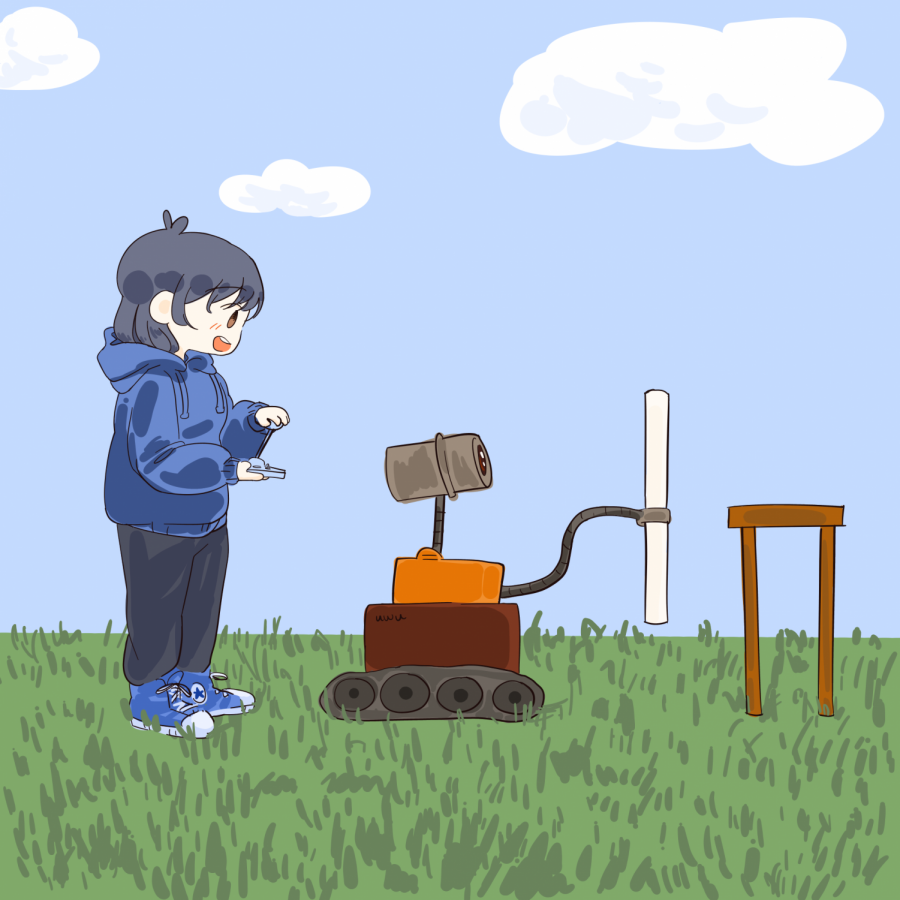JPL Invention Challenge
November 16, 2018
NASA’s Jet Propulsion Laboratory (JPL) is hosting its invention contest that looks for Southern California’s brightest students, and proves to be a friendly challenge among the JPL workers. It is an annual competition and has been a JPL tradition since 1998. This competition provides a challenge to students to develop machines to solve the given problem that is created by JPL. The competition itself is meant to be challenging, as it promotes academic growth within math, science, and engineering. Contestants from schools can participate in teams of nine, along with chaperones and accompanying teachers. The devices are meant to be operated alone, as the rules state, “No human power may be used during the initiation of the device.” Throughout the history of these competitions, there have been several difficult challenges issued to contestants, one being to build a device that can kick a regular football into a trash can 5 meters away.
This year’s challenge is to build a device that can take a PVC pipe resting horizontally on two wooden stands and set it vertically on another small wooden platform. Awards are divided, between school teams and JPL employees. Then, teams from the starting contest compete against regional teams from various areas.The main goal is to complete the objective in the fastest time possible. Awards will be given for 1st, 2nd, and 3rd place. Eligible contestants who do not rank in the top three will be given certificates for the following areas: lightest, heaviest, most unusual, most artistic, and most creative design. I asked Paul MacNeal, the competition supervisor, for further information. Mr. MacNeal creates the challenges each year, and to ensure that no loopholes are found; he then passes the ideas around to his co-workers for proofreading and for potential improvements. In one case, a team was awarded the ‘abuse of the rules’ prize— the objective was to launch a balloon a certain height and height would be calculated through time in the air and time till impact. That group decided to use a series of leaf blowers to keep the balloon floating indefinitely, resulting in the highest height.
In regards to this year’s competition, he said, “I expect to see some self-driven robotic devices and maybe some usage of bungee cords. I expect the winning time could be under seven seconds, but we will see.”
Mr. Bill Chapman, the engineering teacher at AHS, sends his students to compete in the contest. The class is divided into teams of three. He said, ” I use this competition as a warm-up for my Engineering Design and Development class for our big competition later in the year.” In his opinion, the most difficult aspect of the competition is for the students to build. He said, “Most students have never really built a design from scratch before.” As the competition begins, expectations are high among spectators and JPL workers. The final competition takes place on Dec. 14 from 11:30 a.m to 1 p.m at the Jet Propulsion Laboratory. For participating students or teams, it’s a great way to improve teamwork and also gives a fun challenge to all participants.

